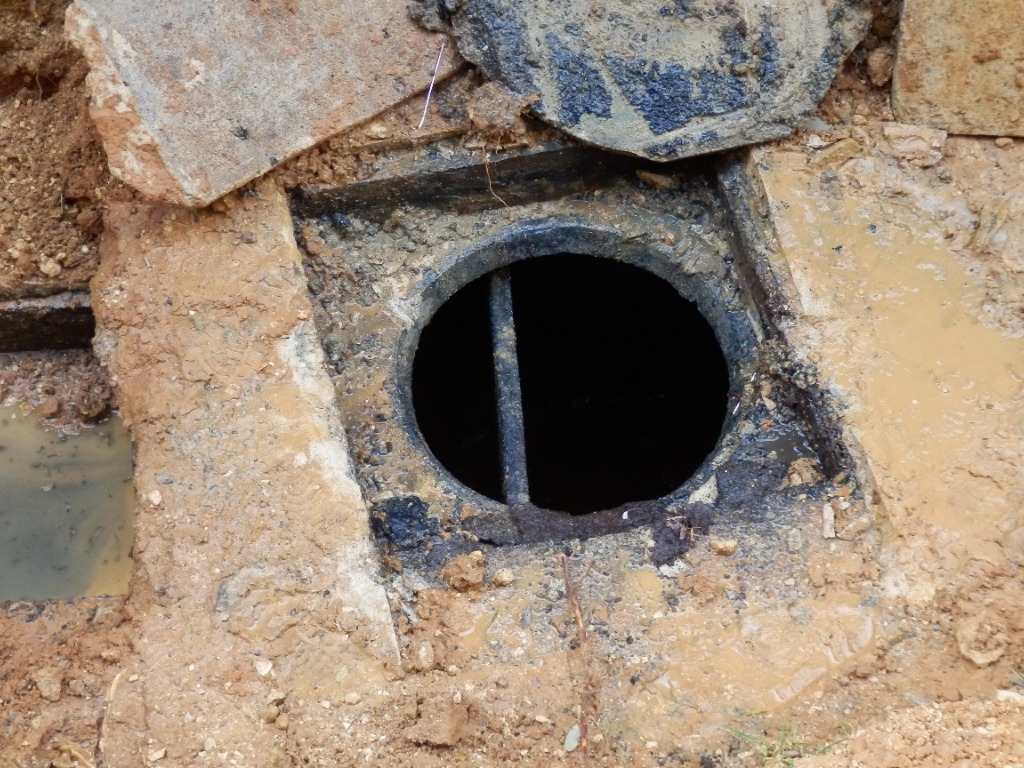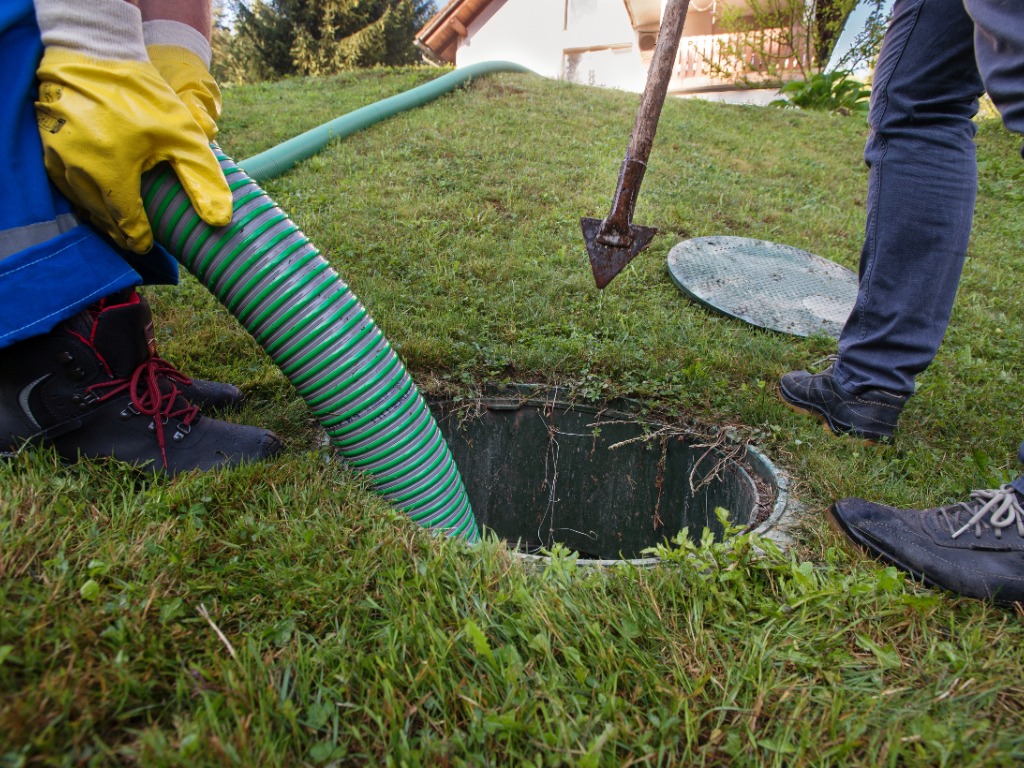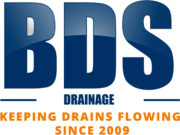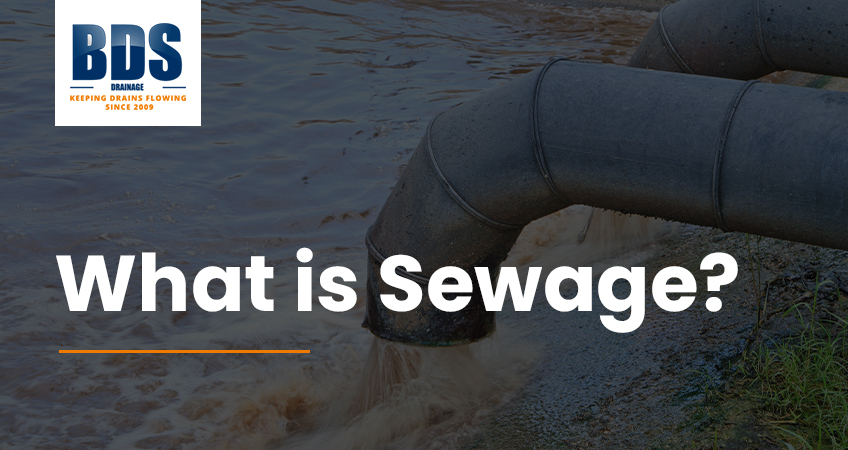Have you ever wondered what happens to the water once it goes down the drain? Understanding sewage is crucial for homeowners and DIY enthusiasts alike. In this blog post, we’ll explore the depths of sewage systems, the dangers of untreated sewage, and practical tips for managing sewage problems.
By the end, you’ll have a clear understanding of how to keep your home’s plumbing system running smoothly and safely.
Beneath the surface

Definition and components of sewage
Sewage, often referred to as wastewater, is the used water that flows from our homes, businesses, and industries. It includes water from sinks, showers, toilets, washing machines, and dishwashers. Sewage is a complex mixture of water, human waste, organic matter, chemicals, and microorganisms. Understanding its components helps homeowners appreciate the importance of proper sewage management.
The sewage system: how it works
The sewage system is an intricate network designed to transport wastewater from your home to sewage works owned by water companies. Public sewers consist of pipes, pumps, and treatment plants serving more than one property.
Once sewage leaves your property boundary, it travels through underground pipes in the sewerage system to a treatment plant where harmful substances are removed before the water is released back into the environment. Knowing how this system works can help you identify and address potential issues.
Sewage treatment works
What happens to raw sewage and the role of the Environment Agency
In the UK, the treatment of raw sewage is a meticulous process monitored and regulated by the Environment Agency to ensure public health and environmental protection. The treatment process typically begins with screening, where large objects and debris are removed. Following this, the sewage undergoes primary treatment, which involves the settlement of solids at the bottom of sedimentation tanks.
Sewage treatment process
Next, the sewage enters the secondary treatment phase, where further treatment and biological processes break down organic matter using bacteria. Finally, in the tertiary treatment phase, advanced methods like filtration, disinfection, and sometimes nutrient removal ensure the water meets safety standards. The cleaned water is then safely discharged into rivers or coastal waters via a larger sewer pipe.
The sewerage companies work alongside the Environment Agency to ensure compliance with environmental laws and sustainable practices to protect and preserve water quality.
Common causes of sewage problems
Several factors can lead to sewage problems in your home. Blocked drains caused by grease, hair, or foreign objects can obstruct pipes and lead to backups. Tree roots can infiltrate sewer lines, causing blockages, sewage spills and breaks. Additionally, ageing infrastructure and ground movement can damage pipes. Understanding these common causes can help you take preventative measures.
The dangers of untreated sewage and health risks


Environmental impact
Untreated sewage poses significant environmental risks. When sewage leaks into the environment, it can contaminate soil, water bodies, and ecosystems. This pollution can harm wildlife and disrupt natural habitats. Proper sewage management is essential to protect the environment and maintain biodiversity.
Health risks for you and your community
Sewage contains harmful bacteria, viruses, and parasites that pose serious health risks. Exposure to untreated sewage can lead to illnesses such as gastrointestinal infections, skin rashes, and respiratory problems. Contaminated water sources can also spread diseases within communities. Ensuring your sewage system functions properly is vital for safeguarding public health.
Signs of sewage issues in your home
Smells, backups, and slow drains: what to look for
Detecting sewage issues early can prevent costly repairs and health hazards. Foul odours emanating from drains, toilets, or your yard are strong indicators of sewage problems. Frequent backups in sinks, showers, or toilets suggest blockages or pipe damage. Slow-draining fixtures may also point to underlying issues. Paying attention to these signs can help you address problems before they escalate.
How to prevent sewage problems


Regular maintenance tips for homeowners
Regular maintenance is key to preventing sewage problems. Avoid flushing non-biodegradable items like wet wipes and hygiene products. Dispose of grease and cooking oils properly by placing them in a container and throwing them in the trash. Regularly inspect and clean your drains using environmentally friendly products to prevent build-up. Scheduling annual inspections with a professional can also identify potential issues early.
Common DIY fixes and when to call a professional
DIY Fixes:
- Use a plunger: Effective for minor clogs in toilets, sinks, and showers.
- Employ a drain snake: Useful for dislodging more stubborn blockages deeper in the pipes.
- Pour boiling water down drains: Can help dissolve grease buildups; however, use with caution, particularly on plastic pipes.
- Baking soda and vinegar: A natural solution for clearing minor clogs and deodorising drains.
- Regularly clean P-traps: Ensure that your sink’s P-trap is clear of debris by unscrewing and cleaning it.
When to call a professional:
- Persistent clogs: If DIY methods fail to clear the blockage.
- Sewage backups: Raw sewage backing up into your home requires professional intervention.
- Pipe damage: Suspected breaks or cracks in your pipes.
- Tree root infiltration: Roots invading sewer lines need expert removal and repair.
- Frequent issues: Recurring problems may indicate a deeper issue that needs professional diagnostics and repairs.
Conclusion
Proper sewage management is crucial for maintaining a healthy and safe home environment. By understanding how sewage systems work, recognising signs of problems, and taking preventative measures, you can protect your home and community from the dangers of untreated sewage.
Need help from the professionals?


For those facing persistent or severe issues, seeking professional help is the best course of action. BDS Drainage offers expert services to ensure your sewage system functions efficiently and safely.
Get in touch for a free quote and safeguard your home’s plumbing system.

